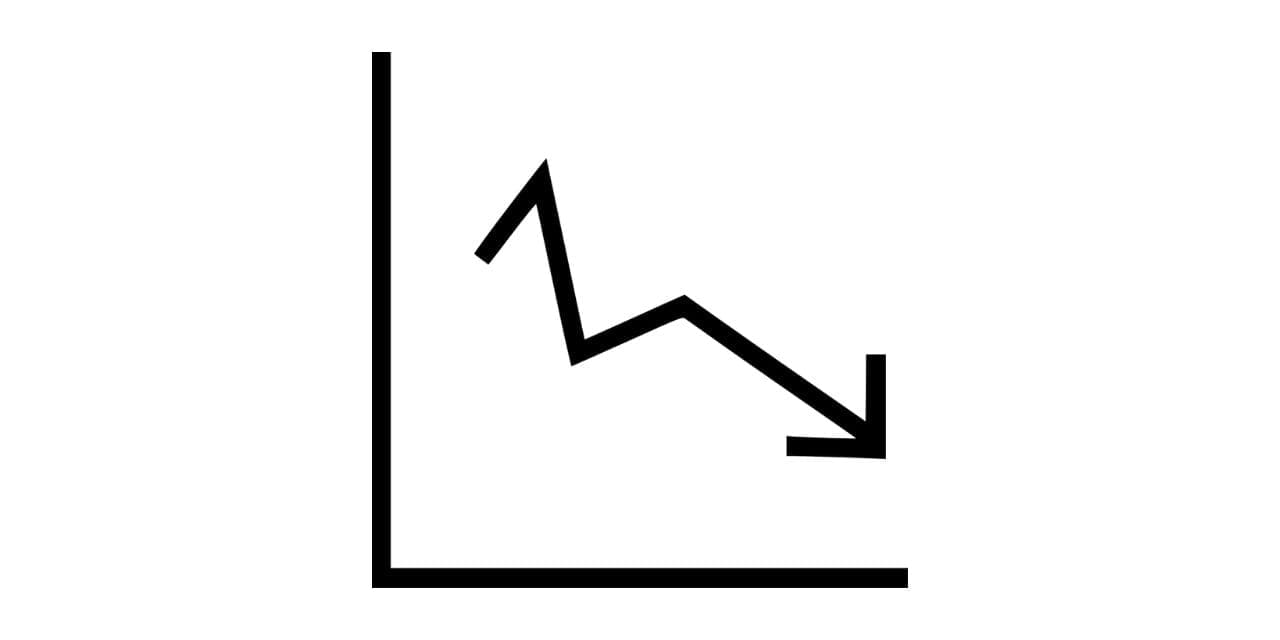The narma/kapas (raw un-ginned cotton) prices are hitting all-time high rates in the cotton growing states of the north, particularly in Punjab and Rajasthan, while Haryana mandis too are witnessing rates much above the Minimum Support Price (MSP). The spike in price comes amid farmers expecting the lowest production of cotton in the past five years due to the attack of pink bollworm pest in some parts, surplus rain in Haryana’s cotton belt in August and September months and overall less area under cotton crop in the region this year.
According to the Cotton Corporation of India (CCI) and the Indian Cotton Association Limited (ICAL), this year cotton was sown on total of 16.99 lakh hectares (LH) in north region, including 3.03 LH in Punjab, which has witnessed an increase of around 52,000 hectares this year against last year, 6.88 LH in Haryana, which is 49,000 hectares less than the last year, and 7.08 LH in Rajasthan, including 3.44 LH and 3.64 LH in upper and lower Rajasthan, respectively. In Rajasthan, one lakh hectare less area was cultivated under the crop this year as last year the cotton area in the state was 8.08 LH.
Last year (2020-21 season), total 17.96 LH was under cotton in the three states and total production output was 62.67 lakh bales (a bale is equal to 170 kg) — including 10.13 lakh bales, 23.04 lakh bales and 31.40 lakh bales in Punjab, Haryana and Rajasthan, respectively.
After the attack of pink bollworm in several parts of the cotton belt of the three states, damage due to rain, the expected production from these three states is around 52.89 lakh bales this year which would be around 10 lakh bales less than last year.
From Punjab, production of 10 lakh bales is expected, from Haryana 16.50 lakh bales and 28 Lakh bales are expected production from Rajasthan.
The ICAL figures show that this year the northern states will witness lowest production in the past five years. As per records, in 2017-18, area under cotton in the three states was 16.71 LH and the production was 57.79 lakh bales. In 2018-19, this figure was 15.31 LH under cotton and production was 60.08 lakh bales. In 2019-20, 18.67 LH area was under cotton in the three states and the production was 59.94 lakh bales.
Despite less area under the crop last year, Punjab’s production was more than expected. This year, even after having 5,20,00 hectares more under the crop, pink bollworm is the main reason of less production in Punjab where the rates are above Rs 7,700 per quintal for kapas against MSP of Rs 5,925 per quintal.
Mainly three pickings of cotton take place as first picking crop is coming to the mandis currently in which 30 per cent cotton arrives, in the second picking in November month 45 per cent cotton reaches mandis, and remaining 25 per cent arrives in third picking in December.
Another reason for the spike in prices is huge demand of the cotton from China, which is the largest importer of the cotton crop, as well as from the local spinning industry.
Due to dip in production, local industry too wants to purchase as much cotton is available in the mandis. Even the big cotton stockists are purchasing cotton, said experts.
Cotton expert Sanjiv Dutt, Vice President of Winsome Textile, Bathinda, said, “Cotton prices are high because after stagnation due to pandemic the textile industry is witnessing a fast recovery now and there are reports of highest growth rate for industry in India, Pakistan, Bangladesh and Vietnam where textile industry will boom and in China the demand would be very high leading to further import by the country”.
Suresh Kumar Gupta, managing director of Punjab Spintex Ltd, a Bathinda-based mill with 25,000-spindles spinning capacity said that because of high demand from the domestic industry the export must be stopped now otherwise the spinning industry may get less supply of the cotton. He further said that because of the pandemic the garment shelves were empty which will be restocked again worldwide now which has increased the demand for cotton resulting in high prices. Also because of the high prices of cotton, clothes may become expensive.
Experts during a webinar on Cotton Day on October 7 revealed there is a high demand from the local market, and the supply chain may get hit because of heavy rainfall in other key cotton growing states, including Gujarat, Maharashtra, Telangana, Andhra Pradesh etc.

